By Eric Niderost
Washington, D.C., is not known for its mild climate, but the summer of 1941 seemed particularly enervating. The city was enveloped in a fierce humid heat that tended to suck the air out of one’s lungs even as it drenched one’s body in perspiration. The political climate matched the torrid temperatures. Most of the world was at war, and the United States had
so far managed to stay out of the spreading conflict. Many Americans were isolationists, ardently wishing to avoid war and taking comfort in the fact that the nation was seemingly protected by the vastness of the Atlantic and Pacific Oceans. A formal isolationist movement known as the America First Committee was created in the autumn of 1940 and eventually boasted more than 800,000 members nationwide.
Still, the news from abroad was troubling. Nazi Germany controlled most of the European continent and in June had launched a massive offensive against Soviet Russia. It was a titanic struggle, and in the late summer of 1941 the Germans were making such progress it seemed only a matter of time before the Russians would succumb to Adolf Hitler’s war machine. In the Far East the news was just as grim. Japan was still attempting to subdue China and was already casting covetous eyes on the weakly held European colonies of Southeast Asia.
In March 1941 U.S. President Franklin Roosevelt persuaded Congress to pass the Lend-Lease Act, pledging material support, short of going to war, to any country considered vital to the defense of the United States. The chief beneficiary was Great Britain, which was under the dynamic and charismatic leadership of Prime Minister Winston S. Churchill. But Roosevelt repeatedly assured the American public that the United States was not going to war and that measures like Lend-Lease were purely defensive in nature.
While Washington still suffered under the blistering heat, Roosevelt’s Press Secretary, Stephen Early, announced that the president would soon go on a cruise aboard the Potomac. This was not unexpected because Roosevelt had been a virtual White House recluse in recent months. Apart from a brief weekend at his country estate at Hyde Park in early June, and a Potomac cruise in March, the president stayed close to his desk at the White House.
Just the mere thought of a cruise seemed to invigorate the president, and when he held a cabinet meeting on August 2 he was in his usual ebullient mood. “Franklin Roosevelt patted his perspiring forehead and glanced at his cluttered desk,” wrote a Time magazine reporter. “There was … the old optimistic cast in his eye.” The reporter’s observation was not hyperbole. Roosevelt loved the sea and was an avid sailor from his youth.
The wind-dimpled Atlantic waters were like a tonic and the sea air, which was so unlike the stifling, humid hothouse atmosphere of the nation’s capital, helped soothe both his chronic sinus problems and his frame of mind. Once aboard the Potomac, Roosevelt could relax, fish, and even devote a few hours to his beloved stamp collection.
Late Sunday morning, August 3, Roosevelt left the White House and was driven to Union Station to board a special train to New London, Connecticut, where the Potomac was waiting. He had a small entourage with him, a party that included his personal physician U.S. Admiral Ross T. McIntire and his aides.
The Potomac, designed as a recreational vessel for the nation’s hard-working chief executive, was entering a new phase of its maritime career. The ship would play a major role in an elaborate deception designed to throw a veil of secrecy around a first-time summit meeting between Roosevelt and Churchill. With German submarines, which Roosevelt’s described as “those rattlesnakes of the Atlantic,” ever on the prowl, this cloak-and-dagger approach was necessary.
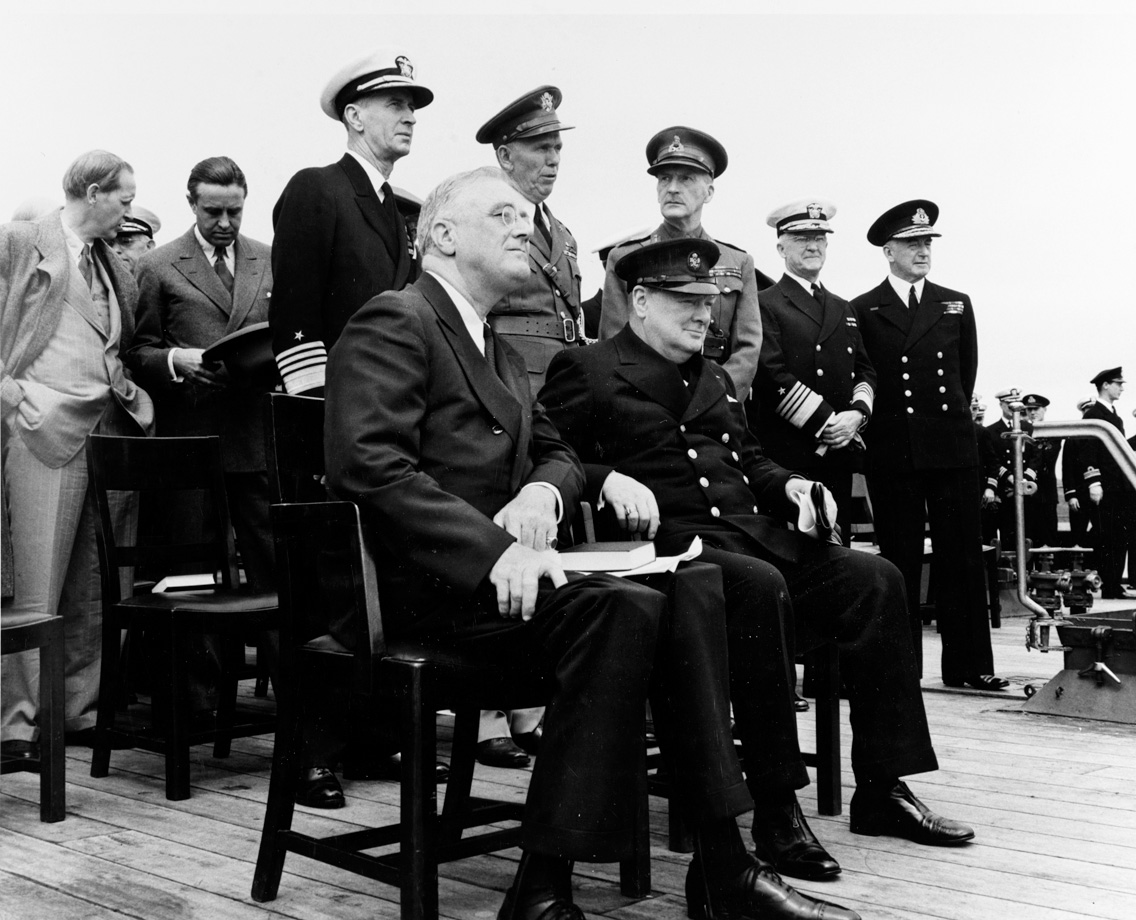
When Franklin Roosevelt took office in 1933 the presidential yacht was the Sequoia, a 104-foot vessel built in 1925. Sequoia’s biggest drawback was that it was made of wood. Roosevelt had been a paraplegic since 1921, and he feared being trapped in a fire. An all-steel ship seemed safer to him, so in 1936 the Coast Guard cutter Electra was commissioned a U.S. Navy vessel and renamed Potomac. Extensively renovated, it was ready for service by 1936.
Potomac was much larger than its predecessor. The vessel was 165 feet long and displaced 416 gross tons. It could also reach cruising speeds of 10 to 13 knots and had a crew of 54 men. It required no fewer than a dozen stewards to cater to the needs of the president and his guests.
The ship’s first real foray into the world of diplomacy occurred when King George VI and Queen Elizabeth came to Washington in June 1939. It was the first time reigning British monarchs had ever visited the United States, and one of the highlights of the tour was a short trip aboard the Potomac to George Washington’s home at Mount Vernon.
Roosevelt grew to love the Potomac and the freedom it gave him to escape the cares of Washington. Not that it was all fun and games; he loved informal talks with congressional leaders and brainstorming strategy sessions with close advisers. Yet when all was said and done Roosevelt usually kept his own counsel. His charm and vibrant wit, while genuine, also were a smokescreen that hid his somewhat enigmatic personality from others.
Churchill was grateful for American aid but wanted more. He also hoped that eventually the United States would join the Allied cause, but he realized this was more than Roosevelt could deliver, at least at that time. For his part, Roosevelt had no desire for war, but he knew he had to slowly but surely prepare the American people for the trials they would almost certainly face in the near future. Roosevelt might have lost the use of his legs, but he was a skilled tightrope walker in the political arena.
Certainly there was a growing need for Anglo-American cooperation in the face of fascist aggression. Roosevelt also mulled the future of Europe once the Nazi scourge had been eliminated from the world. Plans slowly developed for Roosevelt and Churchill to meet to discuss these issues. Each man would bring along military and governmental officials to draw up plans for further Anglo-American cooperation.
The two leaders planned to meet at Argentia on Newfoundland Island in Canada. While Roosevelt and Churchill got to know each other and discussed world affairs, their respective senior diplomatic and military personnel would huddle and draw up plans, laying the groundwork for vital Anglo-American cooperation on air, land, and sea.
The presidential party reached New London at 8:15 pm, the train backing up to within about 100 yards of the waiting Potomac. But before Roosevelt could board all the necessary honors had to be observed. There was a brief 10-minute ceremony with Connecticut Governor Robert A. Hurley and the New London submarine base commander. Once all the formalities were out of the way, the president boarded the ship as a bosun’s pipe squealed a welcoming acknowledgement of his presence.
The president’s staff informed the press corps that reporters would not be allowed on the cruise. A few might be permitted to tag along in the early stages, but once the voyage got underway journalists would be excluded. Potomac would have an escort vessel, the Coast Guard cutter Calypso, but unfortunately there was not enough room to accommodate the press.
“From the time the president boards the Potomac until the time he returns to shore the movement of the ship will be a confidential naval operation under a tight veil of secrecy,” said Hurley. Few if any reporters were suspicious; after all, even though America was still neutral one never knew what Hitler had up his sleeve. U-boats prowling along the Atlantic seaboard posed a real threat to U.S. national security.
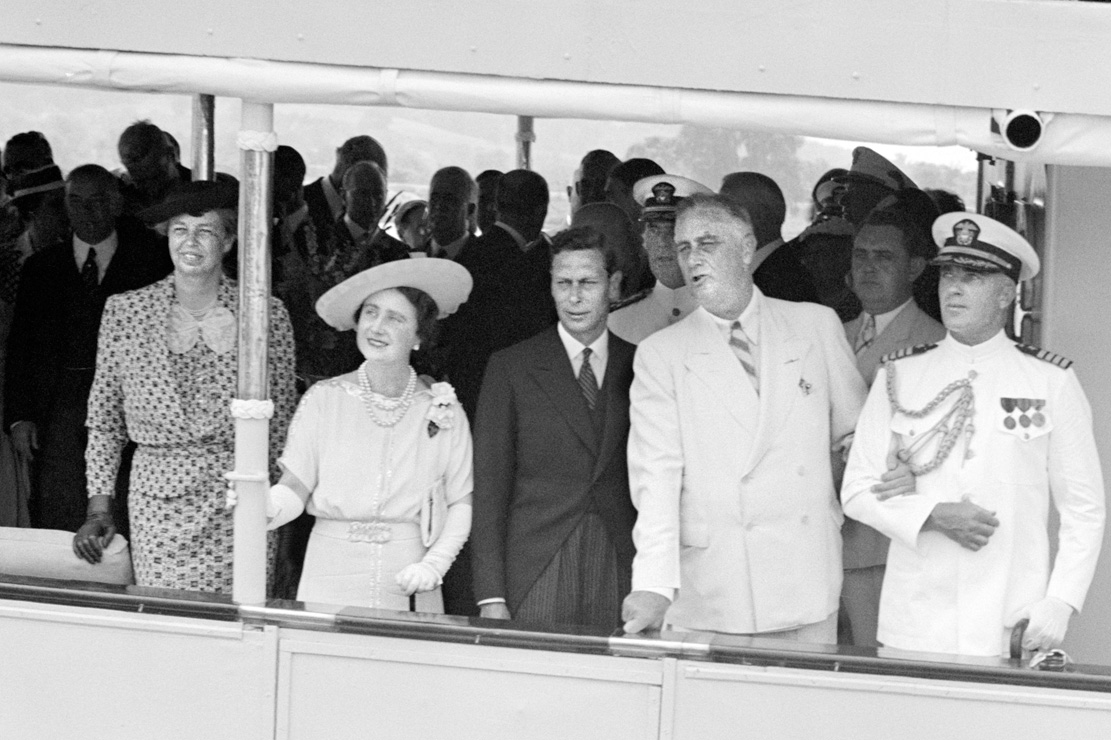
The first 24 hours of the cruise were routine and roused no suspicion among the press corps. After a leisurely journey up the coast, Potomac dropped anchor for the night at Harbor of Refuge in Point Judith, Rhode Island. The next morning the ship continued on to South Dartmouth, Massachusetts, where Roosevelt was scheduled to entertain some special guests. Ever the gallant type, the president personally drove a Chris-Craft speedboat to pick them up.
The guests were Crown Princess Martha of Norway, her brother Prince Karl of Sweden, and Martha’s two young children, Ragnhild and Astrid. By all accounts the brown-eyed, 40-year-old princess was tall, elegant, and strikingly handsome. She was, in the words of a breathless admirer, “exactly as a princess should look.”
Roosevelt loved to flirt with the ladies, and nothing put him in a better mood than to have feminine companionship, especially with an old friend like Martha. The president insisted that he personally take the royals on a tour of Potomac. Although he genuinely enjoyed playing host, there was a method to this seemingly frivolous madness. Roosevelt knew, and subsequent events bore this out, that the newspapers would take the bait and prominently feature the royal visitors in their latest editions. It made colorful copy, and it also obscured the real purpose of the cruise.
The Potomac was roughly divided amidships. The forward half included the radio room, galley, guest bedrooms, ship’s bridge, and quarters for the officers and crew. The aft section was truly the “White House” section of the vessel, for it included a saloon, the president’s cabin, and the fantail.
The saloon was essentially the dining room, although to landlubbers the name conjures images of a bar in the Old West. But in ship parlance saloon means a large public area. Tastefully decorated but not ostentatious, the room featured green curtains and framed nautical prints, the latter revealing Roosevelt’s deep love of the sea.
Roosevelt’s guided tour probably did not include his personal cabin. The cabin, faithfully restored when Potomac became a museum ship, is surprisingly small for such an important figure. A modest bed, small dresser, and mirror hover over a miniscule sink. But rank does have its privileges, even in such a tiny cabin. A small side door opens to reveal a flush toilet and a steel sitz tub.
Mobility was always a problem, especially if Roosevelt wanted to go to the ship’s upper deck to do a little fishing off the fantail. The issue was solved when the aft smoke stack, which apparently was not essential for the ship’s operation, was converted into a hidden elevator. Its interior space is about three feet by four, which was just about enough space for his wheelchair. The elevator was raised and lowered by means of a manual rope and pulley system, which again posed no problem for a man of Roosevelt’s muscular build.
The fantail, located on the lower deck of the ship’s stern, was probably Roosevelt’s favorite part of the presidential yacht. It was a place designed for both business and pleasure. The president could receive reports, discuss plans, or simply enjoy a cocktail with friends. The fantail’s most notable feature is a semicircular settee. Roosevelt liked to sit in the center of the settee and hold court, so to speak.
Security was always a factor, especially as the nation approached war. The fantail was covered in bulletproof glass, and after 1940 at least one machine gun was mounted when the president was aboard.
The covert phase of the voyage began after Potomac left South Dartmouth. Potomac quietly and secretly made a rendezvous with the heavy cruiser Augusta, flagship of the Atlantic Fleet, just off Martha’s Vineyard. Augusta was accompanied by the heavy cruiser Tuscaloosa and five destroyers of Destroyer Division 17, Madison, Moffett, Sampson, Winslow, and McDougal.
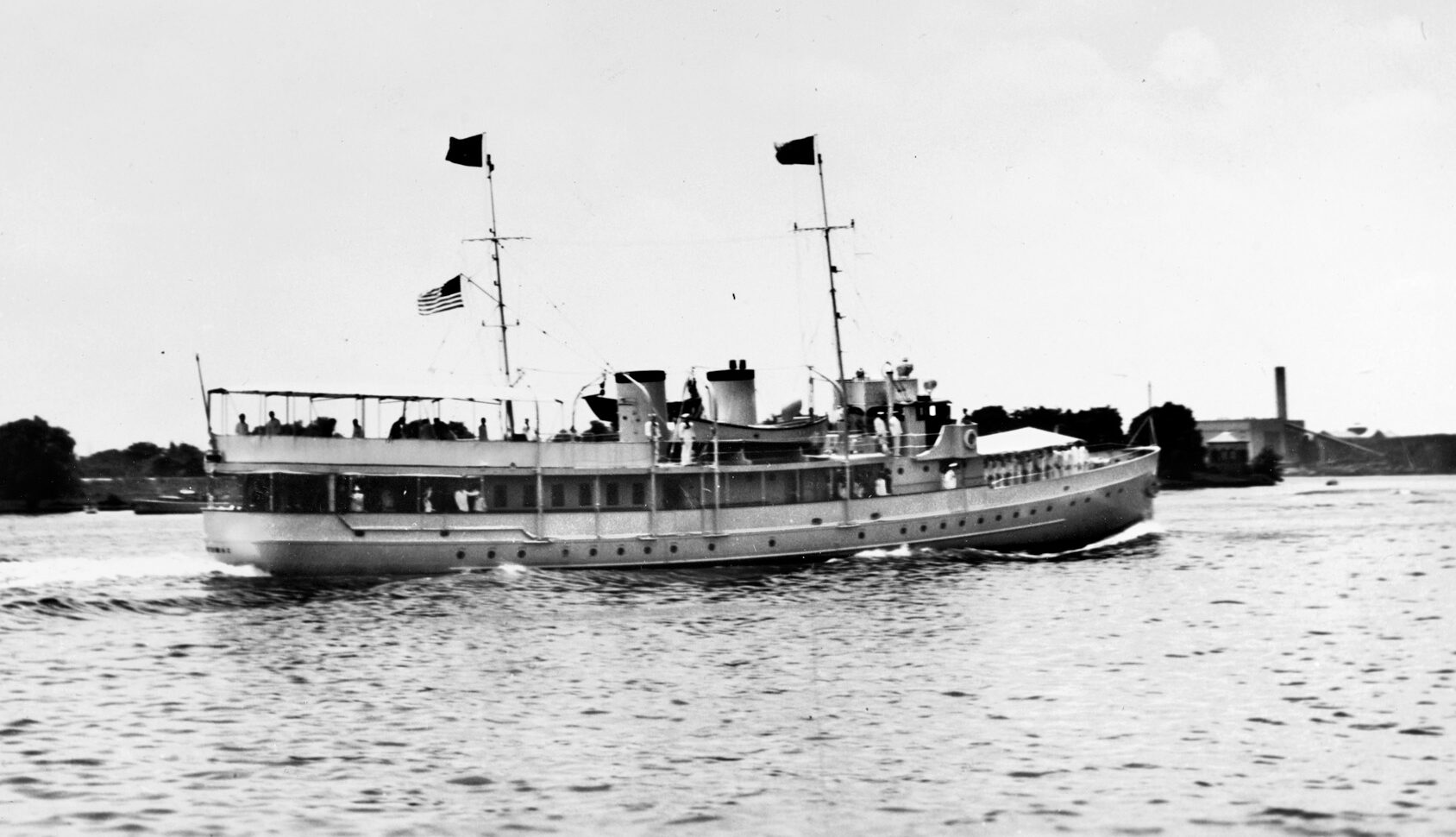
It was a formidable array of naval power, but the Potomac, which was Lilliputian compared to the other great vessels, still had a vital role to play. After Roosevelt was transferred to the Augusta, Potomac continued to sail the coast as if he were aboard and the fishing trip was in full swing.
Everything possible was done to lull people’s suspicions; not one detail was overlooked. The presidential ensign still flew proudly on the Potomac’s flagstaff, a flag that only was raised when Roosevelt was aboard. When the Potomac entered the 17-mile Cape Cod Canal, the subterfuge went into full swing. Because the canal allowed people to see the ship more closely, an actor of roughly the same facial features and build played Roosevelt to the unsuspecting crowds.
The substitute wore much the same clothes, waving to enthusiastic onlookers while smoking a cigarette in a holder that jutted from his mouth at a 45-degree angle. Everyone was taken in. Many people must have been delighted to have seen the president, not knowing he was completely counterfeit.
The deception was not only visual. Dispatches from Potomac painted an idyllic picture of a president at play, free from cares. “After a night of restful sleep the President is continuing his cruise,” read one note. “He is … enjoying the sea air from the fantail.”
But no secret is really safe in Washington, and rumors began circulating that Roosevelt just might be meeting Churchill. The rumors were substantial enough that the New York Times made note of them. The newspaper printed the speculation under the banner headline: “Meeting of Churchill and Roosevelt on President’s Cruise Reported.”
Rumors might fly, but Potomac’s deceptive cruise continued without interruption. While the presidential yacht continued playing charades, Roosevelt met Churchill and engaged in three days of substantial talks from August 9 to 12. By August 14, the conference over, and the participants, one of whom was Churchill, safe, it was decided to inform the press of the diplomatic progress.
The New York Times banner headline said it all: “Roosevelt, Churchill Draft Peace Aims. Pledging Destruction of Nazi Tyranny; Joint Steps Believed Chartered at Parlay.” Eventually Roosevelt transferred back to the Potomac and on August 16 held a press conference in the yacht’s saloon. Roosevelt affably fended off questions that asked too many details but did not mind giving his impressions of Churchill. Potomac’s smokescreen mission was successfully concluded.
Potomac’s role as a kind of floating cover story was not yet over. On Veteran’s Day, November 11, 1943, Roosevelt visited the Tomb of the Unknown Soldier at Arlington National Cemetery. He was accompanied by the secretary of war and the U.S. Navy secretary, but no other dignitaries. Perhaps more unusual was the fact that Roosevelt, who usually could be counted on to give a memorable word or two, gave no speech and did not speak to the press. It was to be his last public appearance in Washington for several weeks.
Roosevelt left the White House that very evening, accompanied by a small entourage that included adviser Harry Hopkins and perhaps a couple of other guests. The presidential party motored to Quantico, Virginia, where Potomac was waiting. On the morning of November 12, Potomac rendezvoused with the battleship Iowa, and the president was transferred to the larger ship. A special ramp connected Potomac and Iowa, allowing Roosevelt to remain in his wheelchair when he came aboard.
Roosevelt was beginning a 7,000-mile odyssey that would eventually take him to Teheran, Iran. The Teheran Conference reunited him with Churchill and brought in a third player, Soviet dictator Josef Stalin. The so-called Big Three discussed many issues, including the opening of a second front against Germany.
Once again, Potomac played its role to perfection. Its radio room also posted routine, almost laconic trivialities about good fishing and the like. Once again, no one suspected anything was wrong. Potomac’s second foray into diplomatic subterfuge was also a success.
When Franklin Roosevelt died in April 1945, Potomac’s life as a presidential yacht was at an end. After suffering many ordeals and coming close to being scrapped, Potomac was reborn as a museum ship dedicated to the 32nd U.S. president. It can be visited at Jack London Square in Oakland, California.
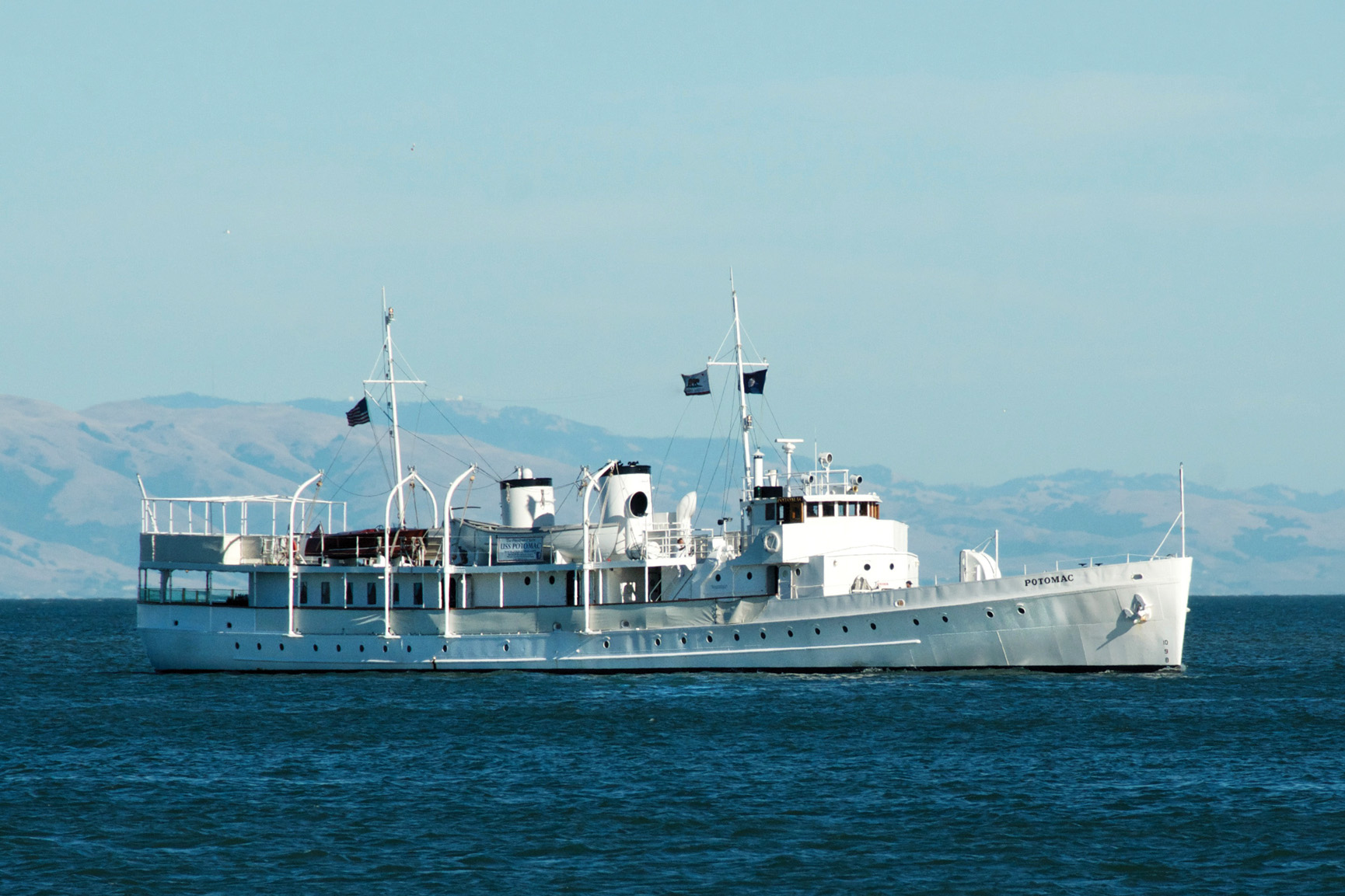
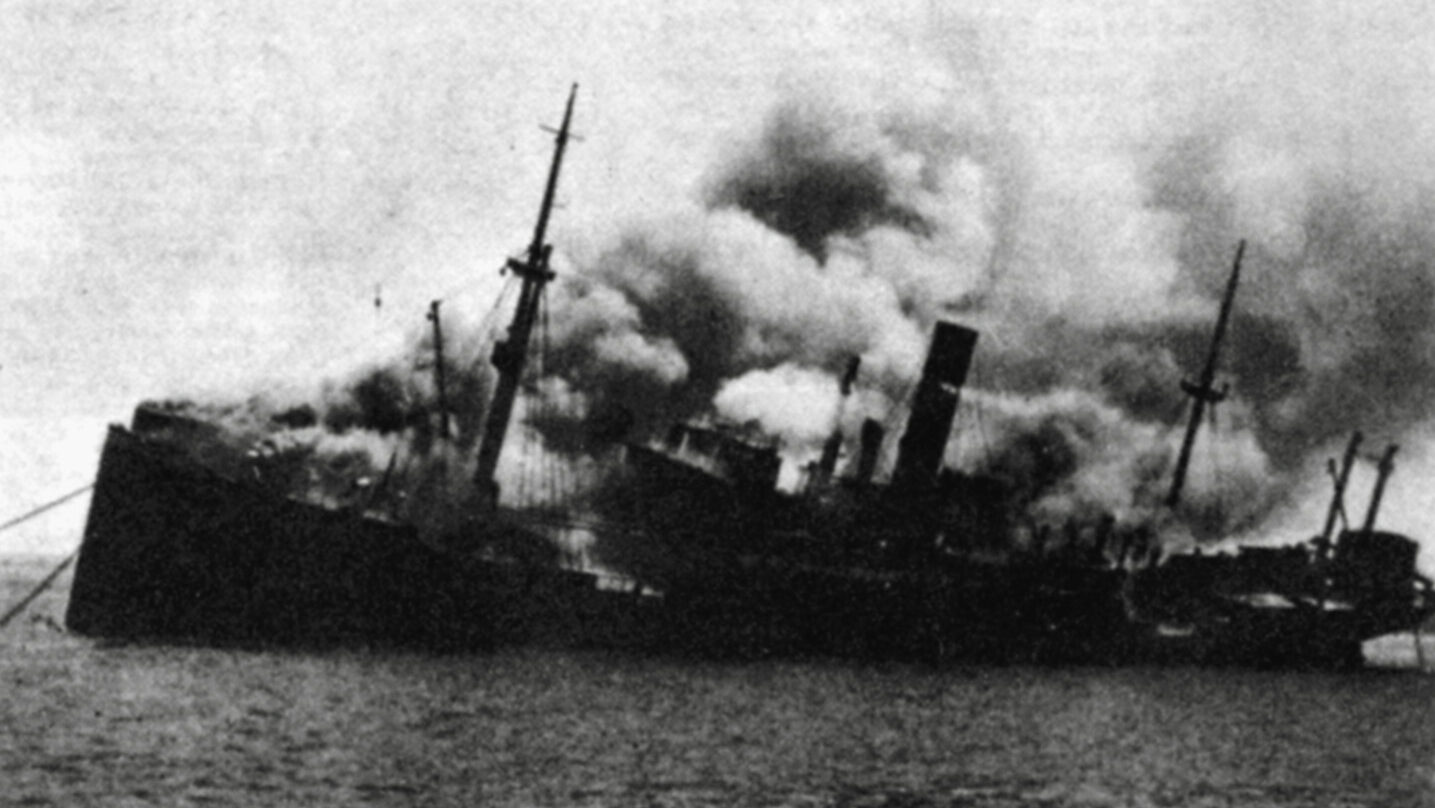
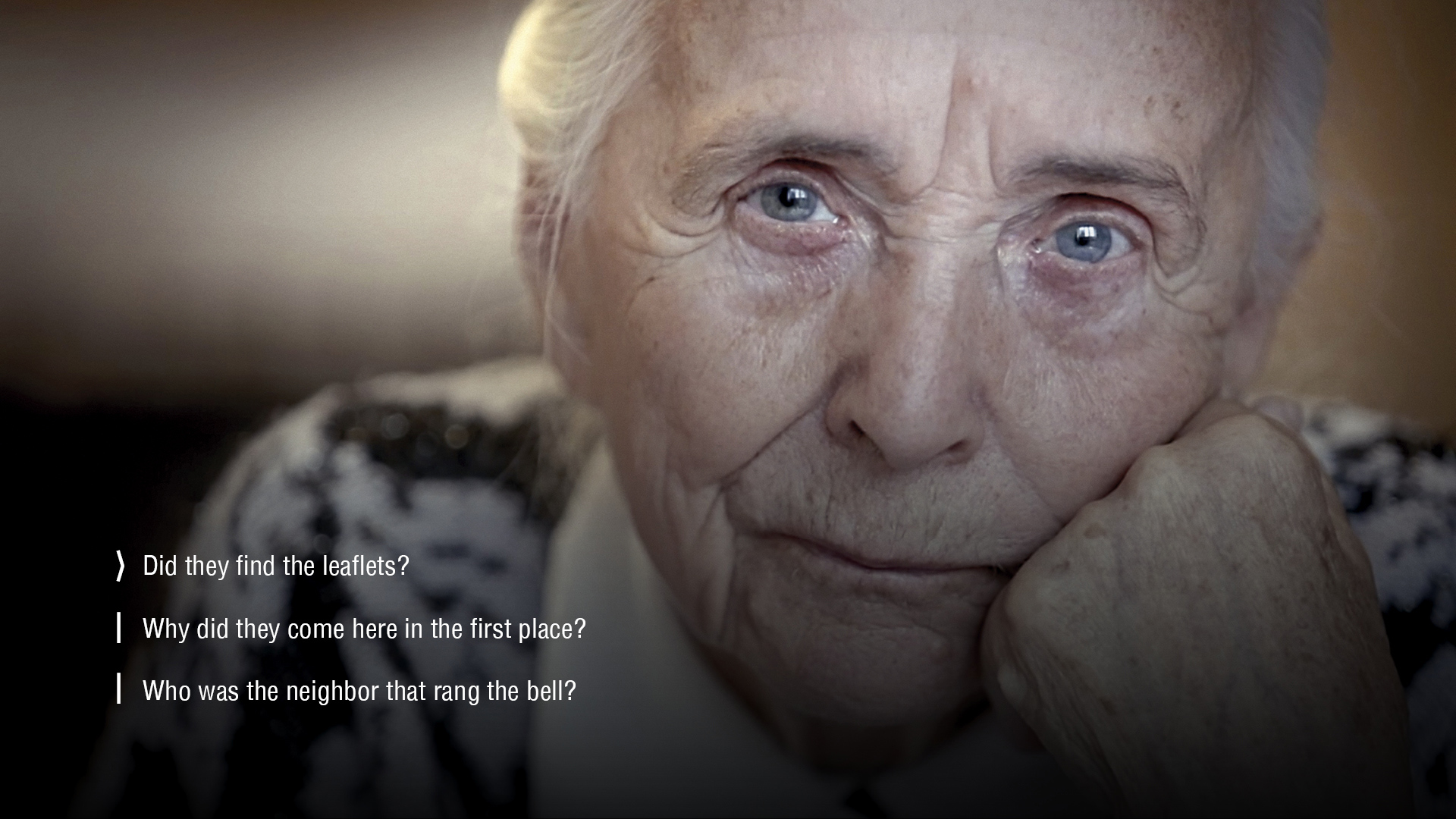
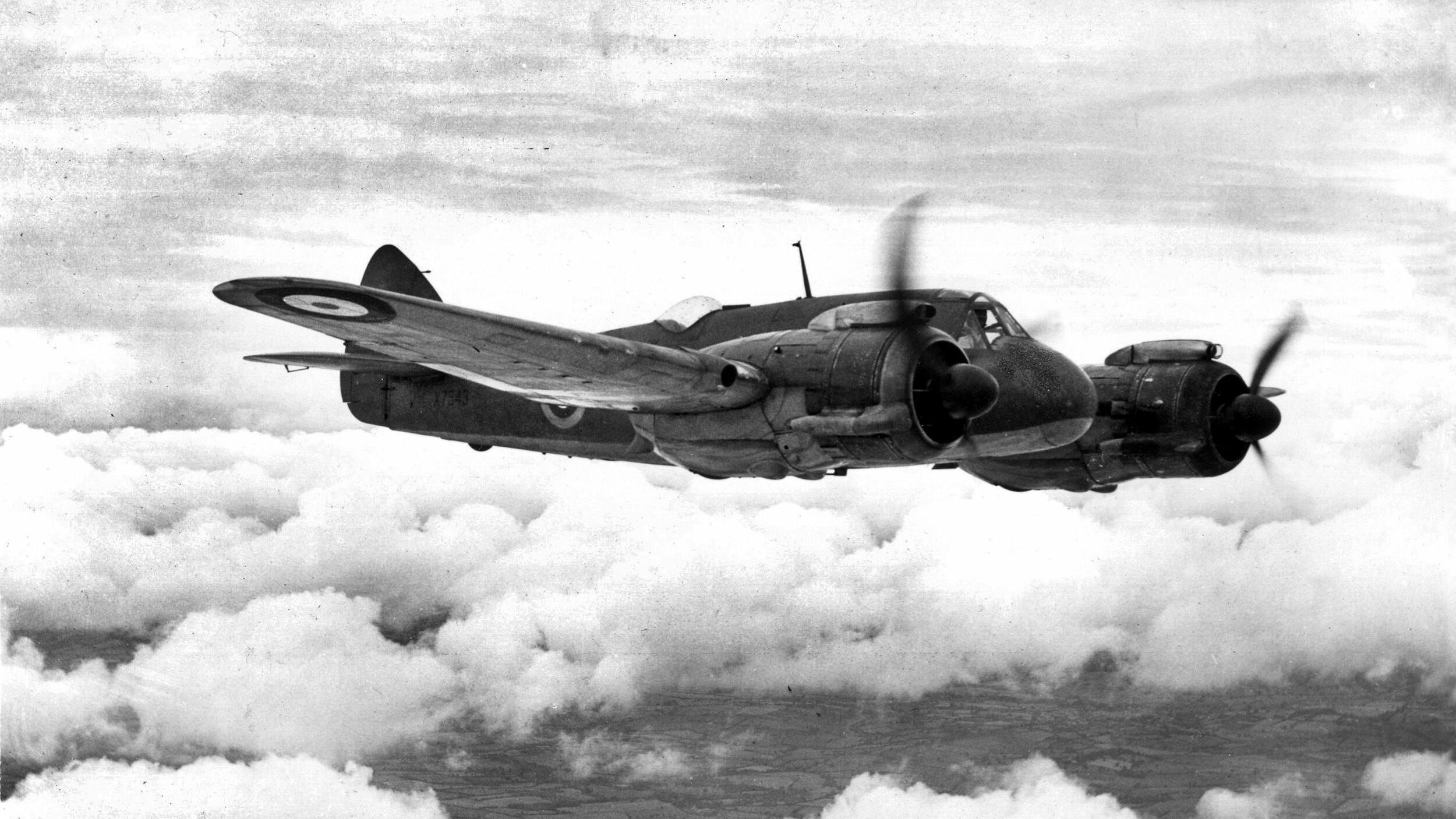
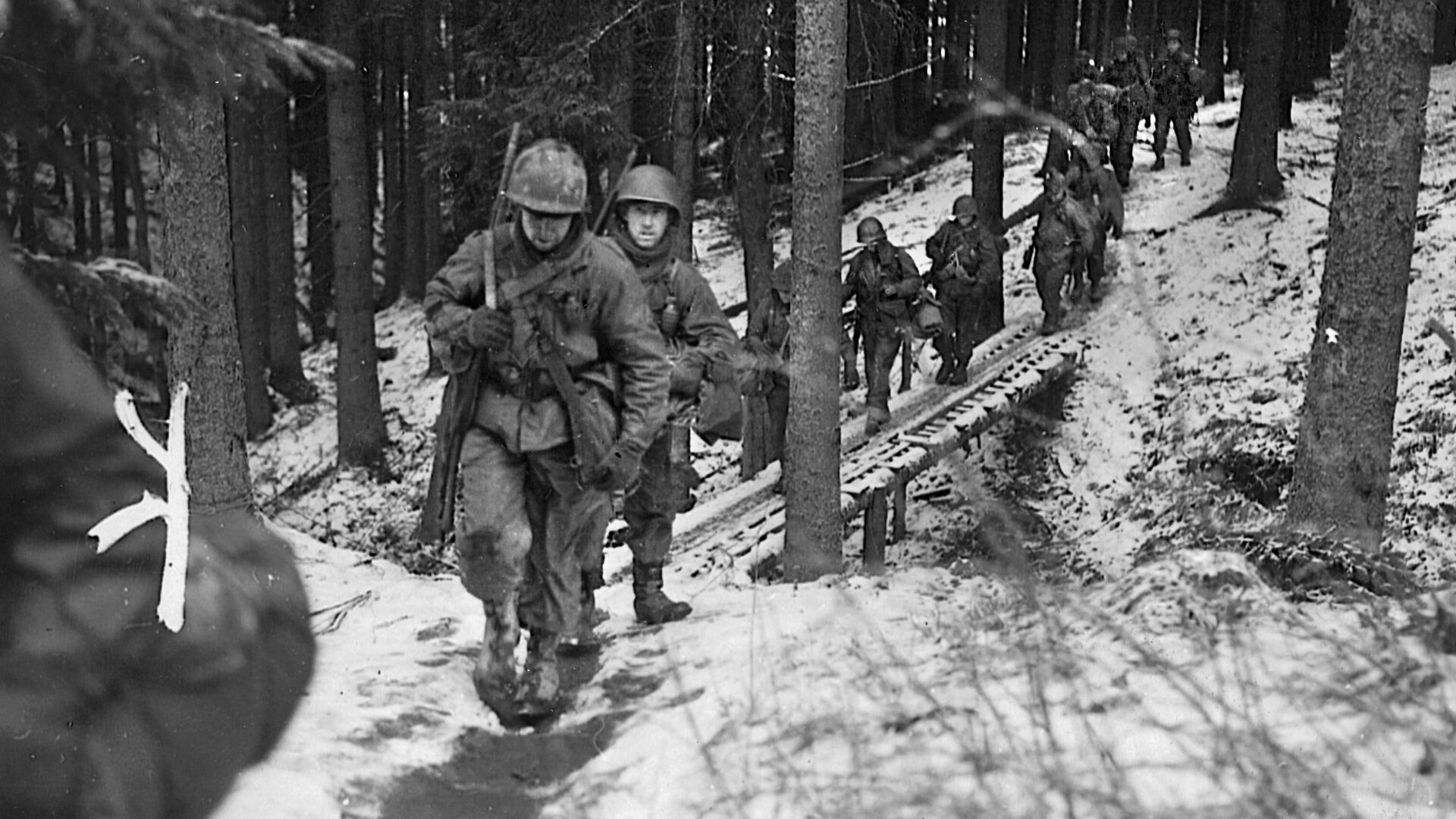
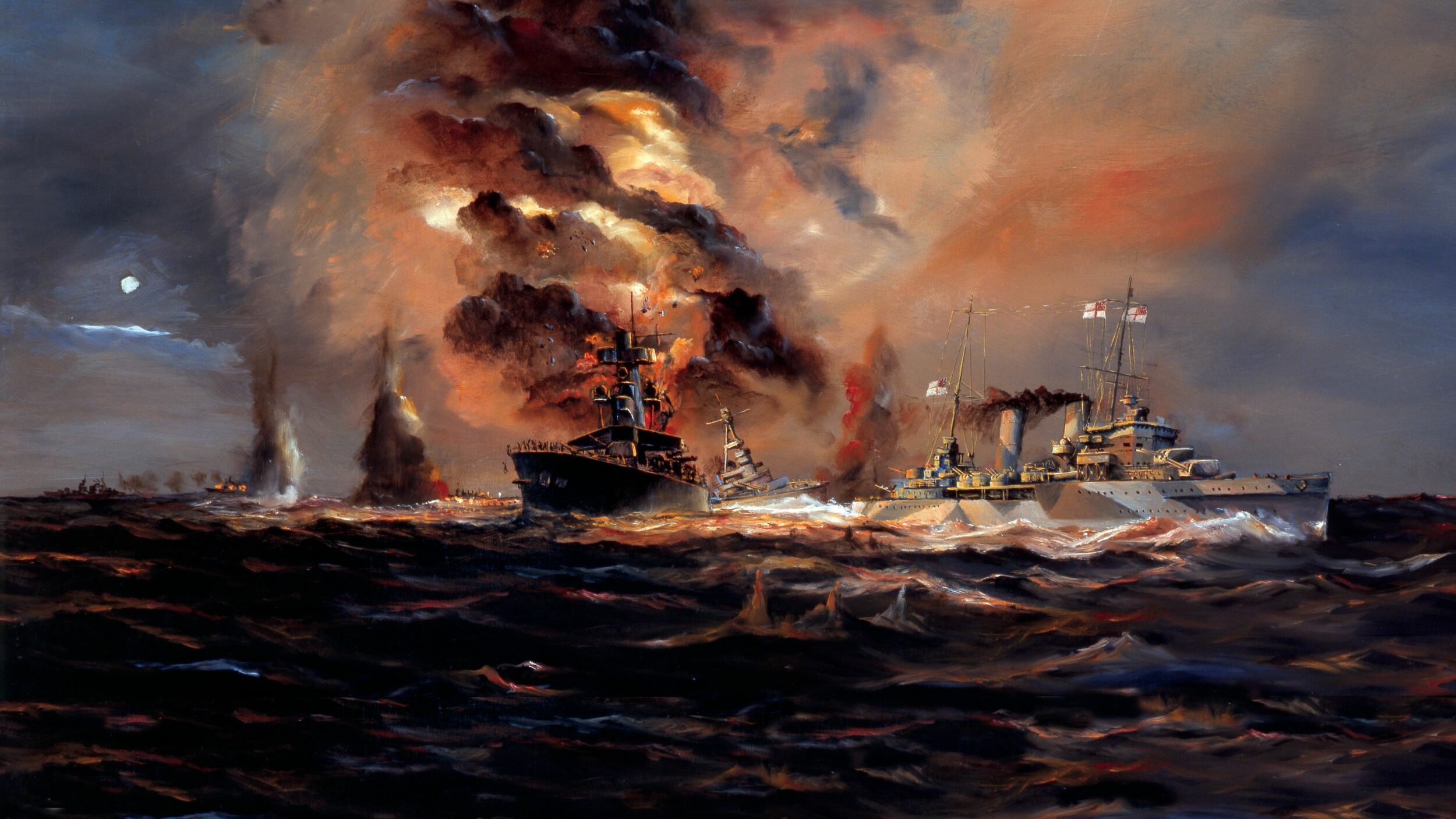
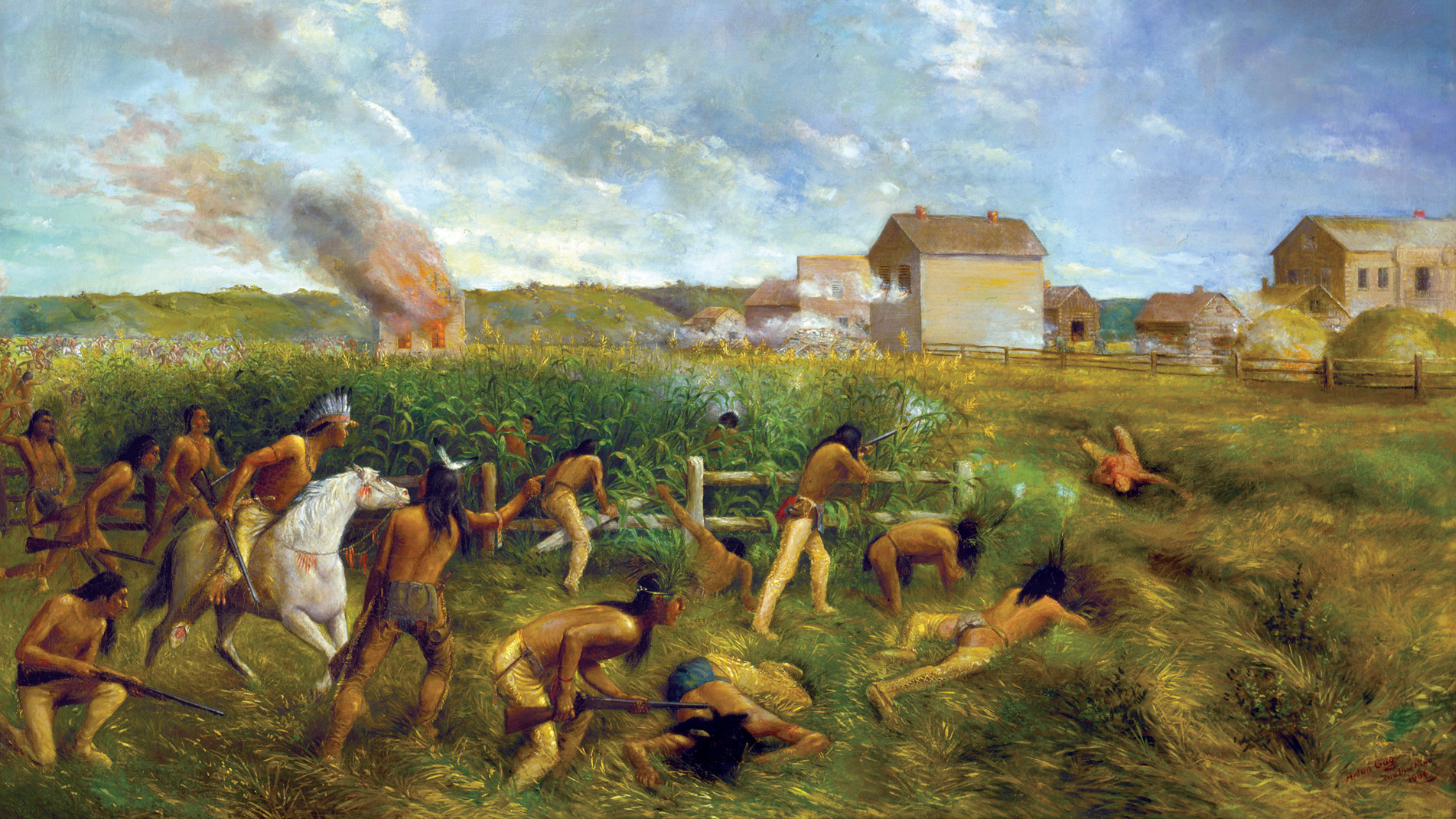
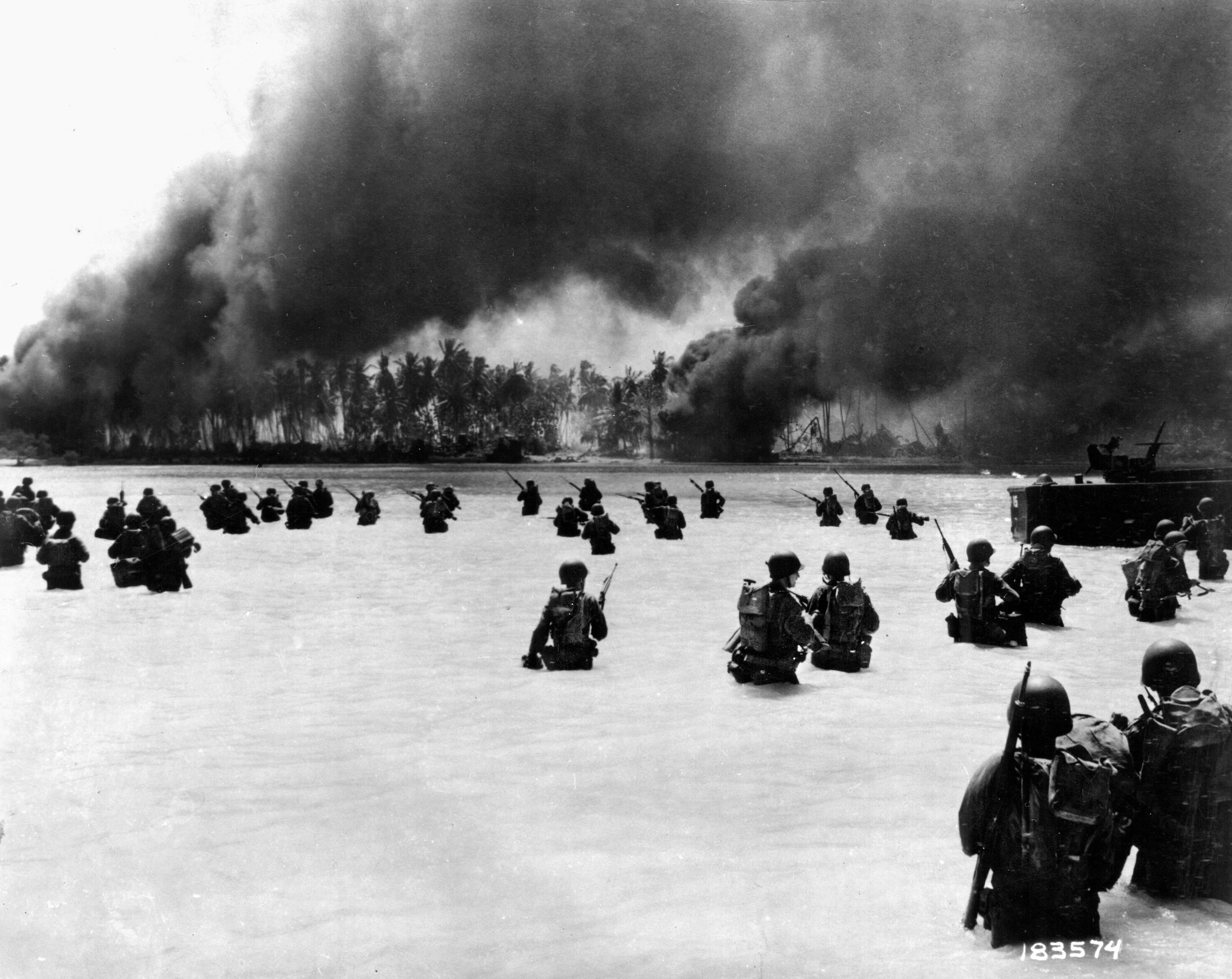
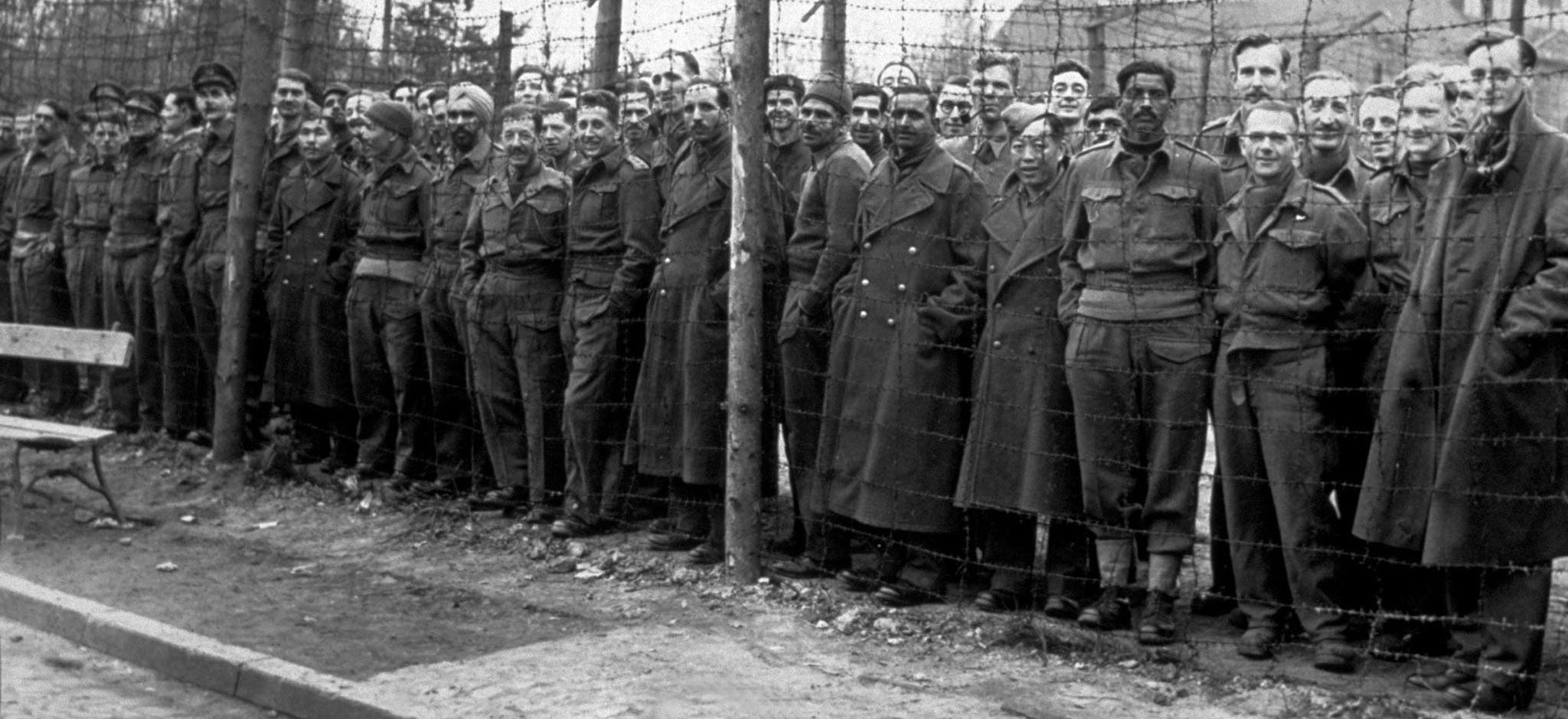
Join The Conversation
Comments
View All Comments